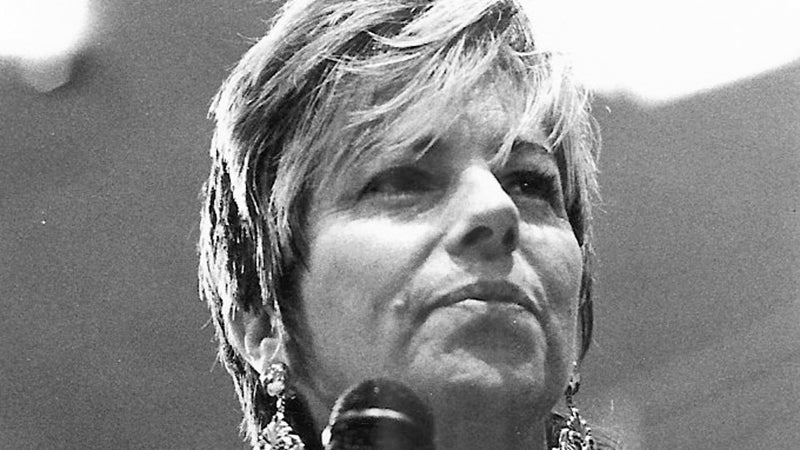The artist’s Port Arthur: Documentary a search
Published 9:41 am Thursday, August 9, 2018
Amei Wallach showed up in Port Arthur this week, eager for local people to tell her a thing or two about Robert Rauschenberg — “Milton” to his classmates at Port Arthur High, “Bob” to those who knew him in his later years.
By year’s end, Wallach, art critic and documentarian, might tell us all a thing or two about Rauschenberg. That’s when the documentary will be complete.
The abstract expressionist was born in this city and died a decade ago. He left in 1941 to study pharmacy at the University of Texas, joined the Navy during World War II, returned long enough to drop in on extended family, then lit out of town to create things grander than folks here might have ever imagined.
Wallach’s documentary — the working title is “Taking Venice, the Rauschenberg Factor” — focuses on the lit fuse that sent Rauschenberg skyward in the art world, his 1964 Golden Lion win at the Venice Biennale, the first ever by an American. It made “pop art” — Rauschenberg loathed that description of his work — more mainstream and made Rauschenberg, at 39, the youngest winner ever. The struggling artist became so in demand that, in the following decade, when the shah fled Iran, he took with him his Rauschenberg works.
Wallach has her own take on the triumph in Venice, as well as on the artist’s emergence into a more public force, a political activist. At the Museum of the Gulf Coast on Monday, she lingered in the Rauschenberg Gallery — the artist himself donated most of the pieces and helped set up the gallery — over “Signs,” a work that reflects his take on the turbulent 1960s in America, from the Kennedys to Kent State.
Here in Port Arthur, she found loose fragments of the artist’s life. His home on 17th Street is gone; only a vacant lot remains. His alma mater, too, is gone.
Downtown — once busy with commerce and night life — has been transformed over the decades into something else again, as Port Arthur’s business and government have tried to breathe new life into it. Her crew took footage inside the museum, visited Pleasure Island, looked for links to Rauschenberg’s faint footsteps.
The artist, though, did not forget his hometown. In his later life, he was moved that the museum remembered him, had embraced him and his work. He kept close touch with the museum and his generosity to it was abundant.
Sam Monroe, president of the Port Arthur Historical Society, recollected that Rauschenberg spoke at a dinner here, and folks were ever so anxious about what he might say. Not everyone speaks kindly.
The artist started by saying when he was young, he couldn’t wait to leave. As he grew older, he said, he couldn’t wait to come back.





